Rhinoplasty transforms the patient and is considered one of the most effective methods for changing the appearance.
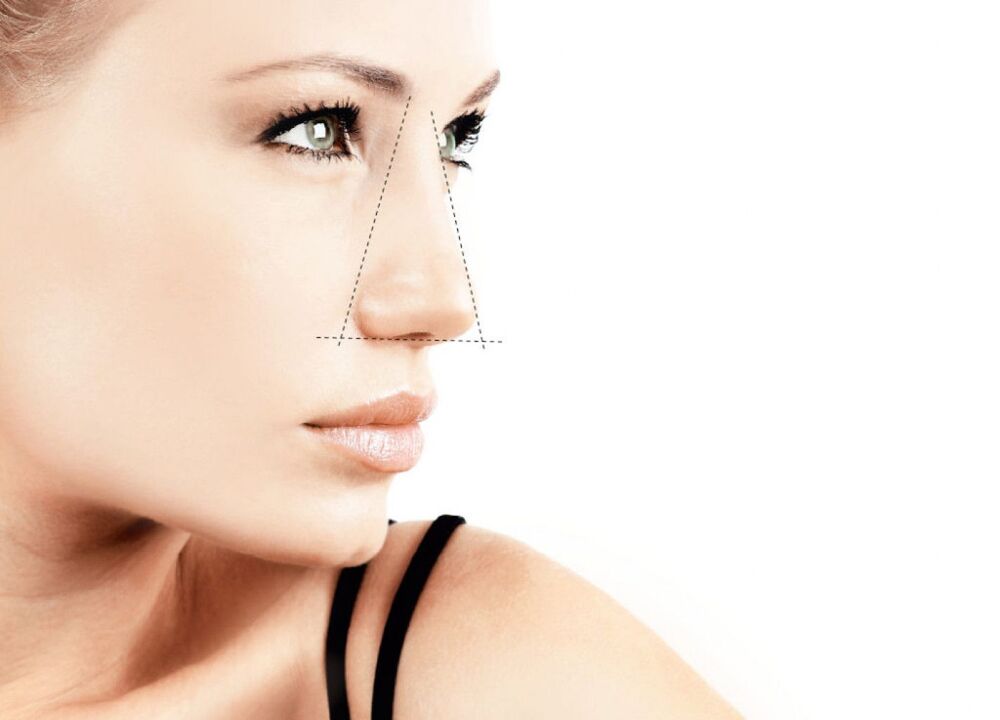
The face opens up, looks younger, eliminates obvious defects, sometimes even breathing problems. Surgeons in our country have a sufficient arsenal of tools and techniques to give a person a new look.
But every operation has its pros and cons.
Types of rhinoplasty
How does rhinoplasty differ from rhinoplasty?There is no difference between these concepts.
There are several types of correction.Here's how rhinoplasty is performed with any type of surgery:
- Septoplasty: aims to change the shape of the nasal septum and is prescribed if respiratory function is impaired.
- Closed rhinoplasty goes like this: through one or more incisions, the skin is separated from the frame - cartilage, bone. Then they make a correction - the parts are removed or raised. The skin is then sutured. Columella cutting is not performed. This is a common technique used by surgeons.
- Open rhinoplasty: indicated for large volume of corrections. The incision is made in the nasal cavity and in the region of the columella.
How long does rhinoplasty last:The duration of the operation depends on the amount of work and technique. So, Closed correction lasts 30-40 minutes, open - up to 60 minutes. For complete closed rhinoplastytake 1 hour, open - about 1. 5 hours.
Video of the operation
To make it clear how rhinoplasty is done, we suggest you watch a video of the operation.
Nonsurgical rhinoplasty
Used if minor defects are to be eliminated.It is performed in 5-7% of patients.
Fillers are used to soften or change the angles of the tip of the nose, to restore symmetry, and to mask the lump. The disadvantage of such a correction is that after 12-18 months the fillers dissolve, there is a risk of migration of substances.
Absorbable preparations are also used. So it is possible to get rid of bumps, bloating. The technique is applied to the top, arms, the area above the top, occasionally - to the bumps. It goes through several stages.
The threads that are inserted through the drills allow you to tighten the tip, adjust the shape of the wings. This technique is unpopular because there is a risk of thread rupture, the appearance of rough wounds.
Before and after photos
We offer to see the results of rhinoplasty in other people in these photos.
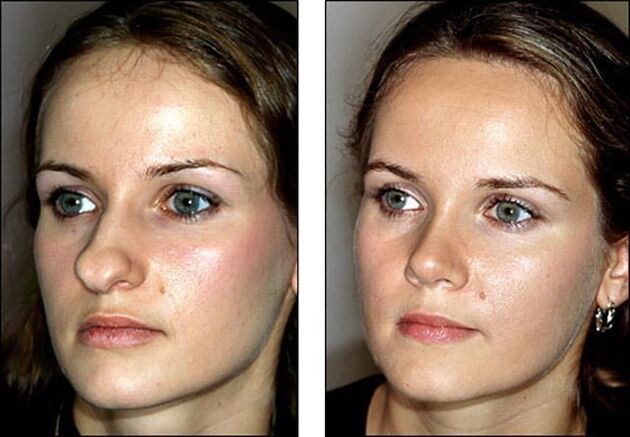
Indications and contraindications
Indications for rhinoplasty are associated with such defects in the form:
- Gorbinka.
- Sharp or thick tip, crocheted.
- Long length.
- Wide nostrils.
- The shape of the saddle.
Rhinoplasty is indicated for deviation of the nasal septum, deformities - congenital and resulting from trauma. The operation is performed in violation and complete cessation of nasal breathing.
The surgeon will refuse to make a correction if the client:
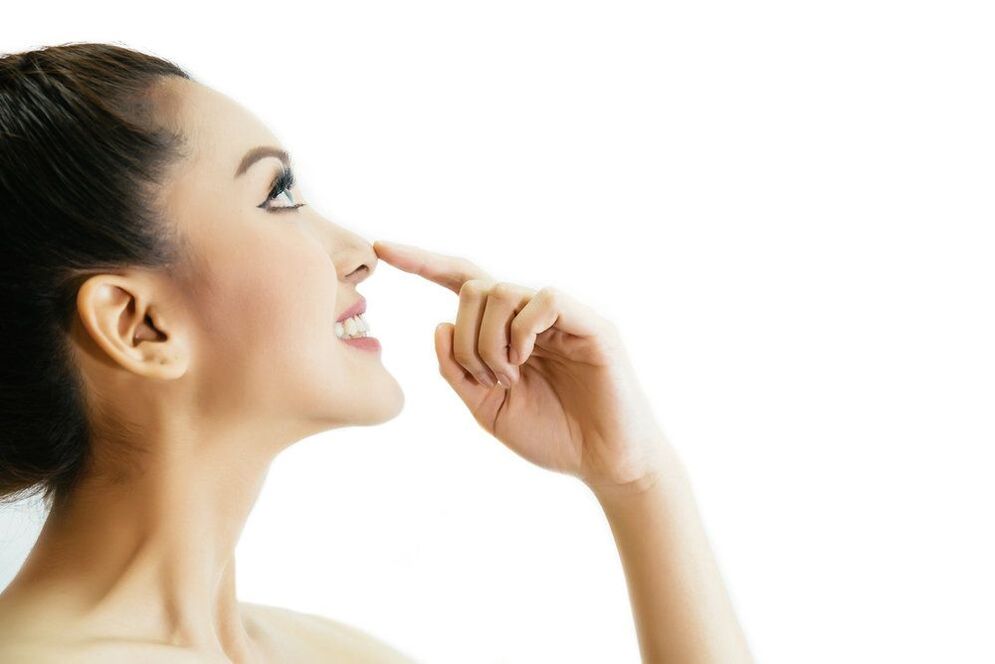
- Cardiovascular diseases,
- Blood clotting disorders;
- Diseases of the liver, kidneys;
- Diabetes;
- Active form of tuberculosis;
- pregnancy, menstruation;
- Folliculitis (inflammation of the hair follicle), acne at the site of the next surgical intervention;
- Acute viral infections;
- Cancer diseases;
- Mental sphere disorders.
There are also age restrictions.Rhinoplasty is not performed until the age of 18 in girls and until the age of 21-23 in boys. , which is associated with the process of forming the facial part of the skull.
Correction is not recommended even after the age of 40, due to the slowing down of tissue regeneration and the risk of complications at this age. Elderly patients find it difficult to get used to a new look and often regret the changes.
In the pre-procedure consultation, the surgeon finds out why the patient is interested in rhinoplasty, what the result is, expects the consequences, and warns of possible complications.
training
Nose correction is done after preparation. The surgeon will instruct you on how to prepare for rhinoplasty.
Preparation for rhinoplasty includes standard examinations:
- Electrocardiogram.
- Chest radiography or fluorography.
- Photo of the nose.
2 weeks before the next procedure, refuse blood thinners. For 7 days before rhinoplasty, it is recommended to refrain from drinking alcohol and smoking. For one day, light food is left in the diet and for 6 hours they refuse food and water.
Before the operation, consult an anesthesiologist. The specialist clarifies the information on anesthesia tolerance.
List of analyzes
Before rhinoplasty such tests are performed:
- Blood (general, biochemical, electrolytes, coagulogram, blood group, Rh, factor) - for 14 days.
- HIV, HBS, HCV, RW - for 3 months.
- Urine - for 14 days.
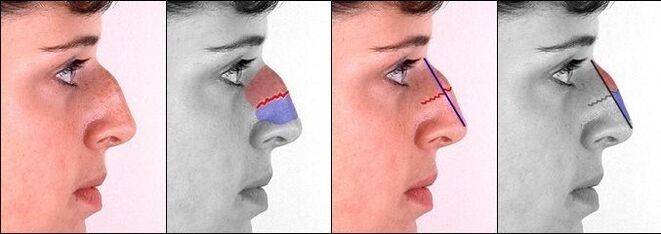
Does it hurt?
During rhinoplasty itself, the patient does not feel anything because he is in a sleep-induced state of medication or the doctor gives him an analgesic.
During the rehabilitation period, there are more worries than pain - for example, due to nasal swabs, which are removed after a day, and swelling. Compared to breast surgery, rhinoplasty is said to be painless.
reHabiLitatiON
If an osteotomy (artificial bone fracture) is performed, then a cast is applied7-10 days. Edema appearing in the nose and around the eyes,disappears after 10-20 days.
The doctor can evaluate the results in advance after 6 months and finally after a year. How long tissue healing will take depends on the characteristics of the body, age.
After removing the plaster, the patient is obliged to visit the doctor within the prescribed time. For a while they refuse to wear glasses, exclude spicy and hot foods from the diet to prevent bleeding and limit physical activity.
A full rehabilitation course lasts 6-12 months.
How long the face heals depends on the severity of the operation and the complications.With a good course, after 10 days, the person gradually returns to the normal rhythm of life., goes to work.
Why is rhinoplasty dangerous?
This is a surgical intervention, which is associated with risks, sometimes with side effects. These are good reasons not to have a rhinoplasty, especially if the surgeon does not see any abnormalities or medical indications.
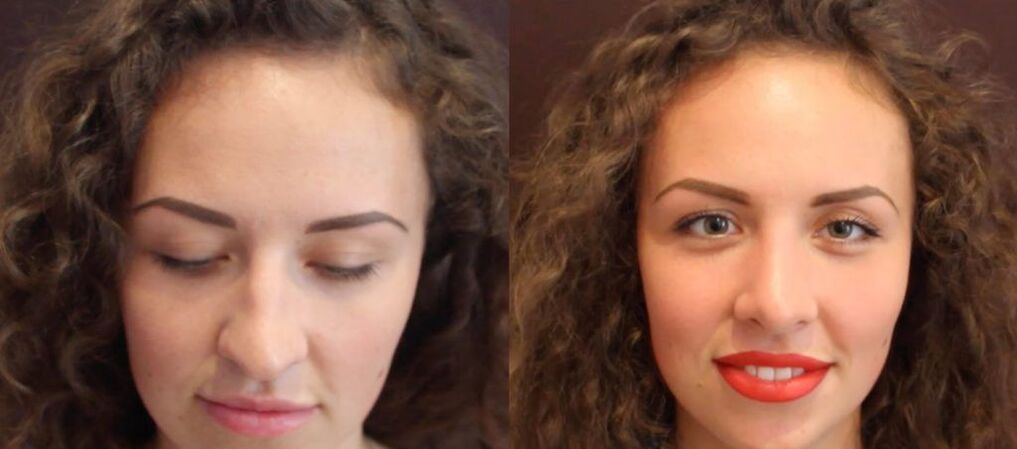
An anaphylactic reaction to anesthesia is possible - a rapidly life-threatening allergy phenomenon. In 0, 017% of cases toxic shock syndrome is observed - a shock condition, which leads to the vital activity of exotoxins of bacteria or viruses.
In general, side effects develop in only 4-18, 8% of patients, with one in ten of this group experiencing skin and soft tissue complications.
During the operation, excessive bleeding, skin rupture, mucosal cartilage structure, burns, bone pyramid violations and others are fixed.
In the first hours, days after surgery, anaphylaxis, vision and breathing disorders may develop. From the hidden complications - bleeding, septal hematoma.
Rarelyan infection enters the wound, which requires a course of antibiotic treatment; in case of sepsis (blood poisoning), hormones and blood transfusions are used.
Other complications include:
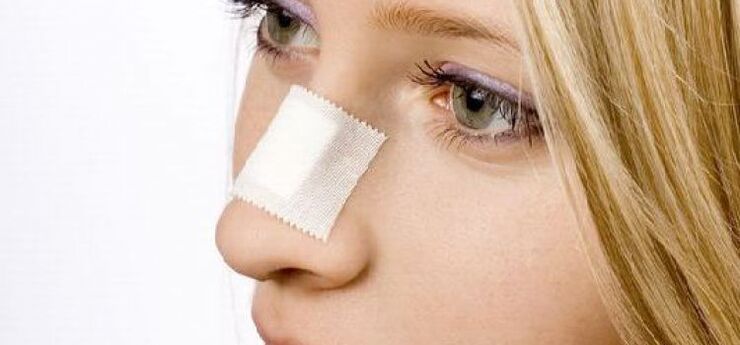
- Decreased sensitivity.
- Wounds, wounds that require repeated intervention.
- Difficulty breathing.
- Deterioration of smell.
- Perforation (hole) of the nasal septum.
- Cartilage atrophy.
- Appearance of vascular network, pigmentation.
- Rarely - necrosis (death) of tissue.
Moreover, the patient is not always satisfied with the result -such patients 3 out of 10.The probability that the view is as planned is about 70%. The nose can look very correct, look unnatural and not be combined with the rest of the facial features. Therefore, before you decide to change, you need to weigh the pros and cons.
After that, a second correction may be required, which is performed after 6 months, but not earlier. Indications are misaligned or excessively removed cartilage, in which the nose appears short, a small columella (the lower part between the nasal passages), and so on.
When is the best time to cancel surgery?
Often, people with dysmorphophobia or dysmorphomania turn to plastic surgeons for help. In the first case, we are talking about a painful attitude to a small defect or body feature, in the second - to an imaginary external defect.
If the surgeon has not found deviations from the average parameters in the size of the nose, its location in relation to other parts of the face, a consultation with a psychologist is recommended.
You should also study reviews about the clinic and a specific specialist. The lower the doctor's qualification, the higher the chance of complications.




















